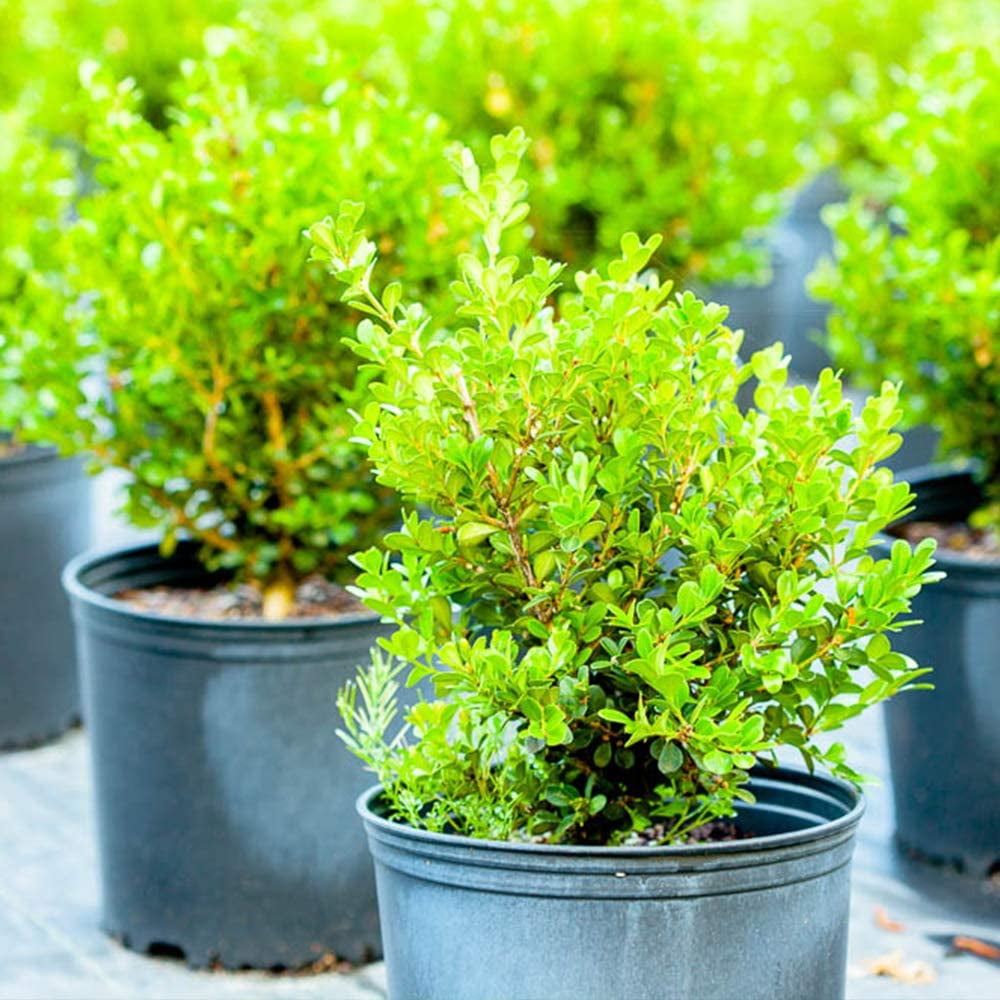

Launder all clothing, gloves, and shoes, and sanitize gardening tools. Do not compost infected boxwood material.Mulch the area to bury the remaining debris. If disease symptoms are diagnosed, immediately bag and remove infected plants along with fallen leaves.Send photos of suspicious boxwood symptoms to the Home & Garden Information Center’s Ask Extension service.Use landscapers and lawn care professionals who are educated about this disease and best management practices for preventing its spread.Ask if they receive plants from producers that participate in the Boxwood Blight Cleanliness Program. ‘New Gen’™, ‘Green Beauty’, ‘Nana’) from reputable nurseries. Plant disease-resistant cultivars (e.g.The fungus can remain alive in fallen leaves which can then serve as the source of infection for subsequent years. Repeated defoliation and dieback from stem cankers will kill entire plants.

The pathogen does not attack the roots, so larger plants may produce new leaves during the growing season but may lose ornamental value as defoliation becomes severe. A key symptom that differentiates boxwood blight from other boxwood diseases, such as volutella blight and macrophoma leaf spot, are numerous narrow black cankers (black streaks) that develop on the green stems.The first symptoms begin as leaf spots followed by rapid browning and leaf drop starting on the lower branches and moving upward in the canopy. Boxwood blight is caused by a fungus called Cylindrocladium pseudonaviculatum (synonym: Cylindrocladium buxicola).Many predators prey on voles, including black rat snakes, owls, cats, etc.ĭark leaf spots are a symptom of boxwood blight To reduce vole populations, mouse traps baited with apple slices or a peanut butter-oatmeal mixture should be placed across surface runways.
Boxwood hedge free#
Keep boxwood plantings free of weeds which provide protection for the voles. Deep mulch provides a good habitat for voles. Use no more than one inch of mulch around boxwoods.

Narrow black streaks on young green stems Larger branches dieback bark stripped from base of the plant Oystershell shaped scale covers found on bark of affected branches Larger branches die back bark stripped from base of the plantįine stippling (pattern of tiny white/yellow dots) of leaves early in season, followed by general grayish, dingy, unhealthy appearanceĭamage appears on new terminal leaves in spring white waxīlotch mines, underside of leaves appear blistered from late summer through the following spring Pink spores on leaves during moist conditions in springĮventual dieback from the top of the plant


 0 kommentar(er)
0 kommentar(er)
